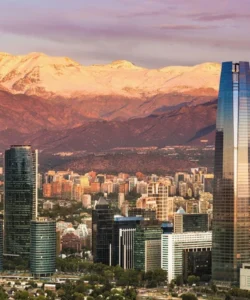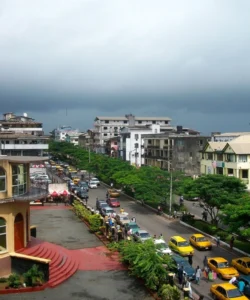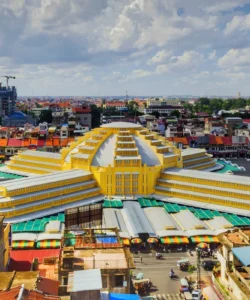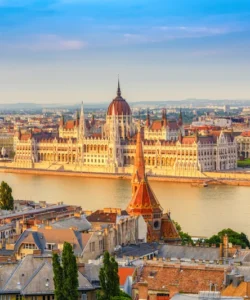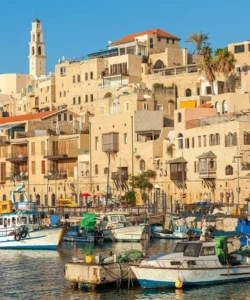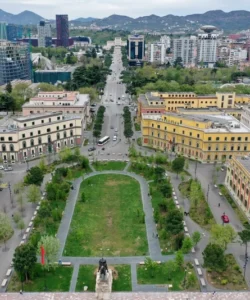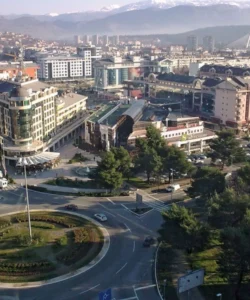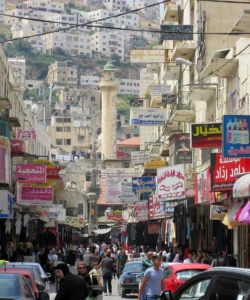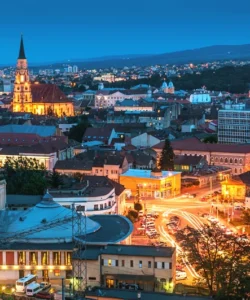Japan, an island nation in East Asia, is a captivating blend of ancient traditions and cutting-edge modernity. Its diverse landscapes range from snow-capped mountains to subtropical beaches, while its vibrant cities pulse with energy.
![]()
Area and Population:
Japan spans approximately 377,975 square kilometers (145,937 square miles). As of April 2025, its population is around 123.4 million, making it the 11th most populous country in the world. The population has been steadily declining in recent years.
Language:
The official and most widely spoken language is Japanese (日本語, Nihongo). It is known for its complex politeness levels, reflecting the country’s cultural emphasis on respect and hierarchy.
Currency:
The official currency of Japan is the Japanese Yen (JPY, ¥).
Religion:
The two major religions practiced in Japan are Shinto and Buddhism. Many Japanese people practice both simultaneously, often observing Shinto rituals for life events like births and weddings, and Buddhist ceremonies for funerals. Christianity, Islam, Judaism, Hinduism, and Baháʼí Faith are also present, though in smaller numbers.
Capital and Major Cities:
The capital city of Japan is Tokyo, a sprawling metropolis and one of the world’s largest cities, serving as the political, financial, cultural, and industrial center. Other major cities include:
- Yokohama: Japan’s second most populated city, located just south of Tokyo.
- Osaka: Japan’s third-largest city, known for its vibrant food scene and historical significance.
- Nagoya: A major port and industrial center in central Japan.
- Sapporo: The largest city on the northern island of Hokkaido, famous for its annual Snow Festival.
- Kyoto: A historic city renowned for its numerous temples, shrines, and traditional gardens, and a former capital of Japan.
- Kobe: A major port city with a cosmopolitan atmosphere.
- Fukuoka: A dynamic city on the island of Kyushu.
- Hiroshima: A city with a profound historical legacy, known for its Peace Memorial Park.
Attractions and Wonders:
Japan boasts an incredible array of attractions, from ancient temples to modern urban landscapes and stunning natural beauty. Some of the top tourist attractions include:
- Mount Fuji: Japan’s iconic and tallest peak, a sacred mountain and popular climbing destination.
- Historic Kyoto: Home to countless temples and shrines, including Fushimi Inari-taisha with its thousands of vermilion torii gates, Kinkaku-ji (Golden Pavilion), and Kiyomizu-dera Temple.
- Tokyo’s vibrant districts: Shibuya Crossing (one of the world’s busiest intersections), Asakusa with its Senso-ji Temple, the Imperial Palace and its East Garden, and the Tokyo Skytree.
- Nara Park: Famous for its friendly wild deer and historic temples like Todai-ji, home to a massive bronze Buddha statue.
- Itsukushima Shrine (Miyajima): Known for its “floating” torii gate, especially beautiful at high tide.
- Hiroshima Peace Memorial Park: A poignant reminder of the atomic bombing and a powerful symbol of peace.
- Arashiyama Bamboo Grove (Kyoto): A serene and picturesque bamboo forest.
- Osaka Castle: A magnificent historical landmark in Osaka.
- Shirakawa-go and Gokayama: Historic villages with unique Gassho-zukuri farmhouses, a UNESCO World Heritage Site.
- Snow Monkey Park (Jigokudani Monkey Park): Where Japanese macaques bathe in hot springs.
- Okinawa: A southern island prefecture known for its beautiful beaches and unique Ryukyuan culture.
Architecture:
Japanese architecture seamlessly blends traditional aesthetics with innovative modern design.
- Traditional: Examples include the wooden temples and shrines of Kyoto and Nara, such as Himeji Castle (a pristine example of feudal Japanese castles) and the traditional machiya townhouses.
- Modern: Japan is a hub for contemporary architecture. Notable examples include:
- Tokyo Skytree: A towering broadcasting and observation tower.
- Mode Gakuen Cocoon Tower (Tokyo): A distinctive, cocoon-shaped skyscraper.
- Kyoto Station: A futuristic and expansive train station.
- Yoyogi National Gymnasium (Tokyo): Designed by Kenzo Tange for the 1964 Olympics, featuring innovative tent-like structures.
- Structures by architects like Tadao Ando, known for their masterful use of concrete, glass, and steel.
Roads:
Japan has an extensive and well-maintained road network, including expressways (toll roads) that connect major cities. Driving is on the left side of the road. However, for intercity travel, the Shinkansen (bullet train) network is often the preferred and most efficient option.
Hotels:
Japan offers a wide range of accommodation options to suit every budget and preference:
- Western-style hotels: From luxury international chains to business hotels.
- Ryokan: Traditional Japanese inns offering a unique cultural experience, often featuring tatami rooms, futon beds, and hot spring baths (onsen).
- Capsule hotels: Compact and budget-friendly, ideal for solo travelers.
- Minshuku: Family-run guesthouses.
- Hostels and guesthouses: Popular among backpackers.
Restaurants and Cuisine:
Japanese cuisine is celebrated worldwide for its artistry, fresh ingredients, and diverse flavors.
- Sushi and Sashimi: Iconic dishes featuring vinegared rice with seafood, or thinly sliced raw fish.
- Ramen: Popular noodle soup dishes with various regional styles and broths.
- Udon and Soba: Thick and thin wheat/buckwheat noodles, respectively, served in hot or cold dishes.
- Tempura: Lightly battered and deep-fried seafood and vegetables.
- Yakitori: Grilled skewers of chicken and vegetables.
- Okonomiyaki: Savory pancakes with various fillings.
- Takoyaki: Ball-shaped octopus dumplings.
- Tonkatsu: Crispy deep-fried pork cutlet.
- Wagyu Beef: Premium Japanese beef, notably Kobe beef.
- Miso Soup: A staple soup made with fermented soybean paste.
- Izakaya: Casual Japanese pubs offering a wide range of small dishes and drinks.
Annual Travel:
Japan is a highly popular tourist destination. In 2024, over 36.87 million international tourists visited Japan, surpassing pre-pandemic levels. The country generally welcomes between 30 to 45 million visitors annually. Peak travel seasons often coincide with cherry blossom (spring) and autumn foliage.






























